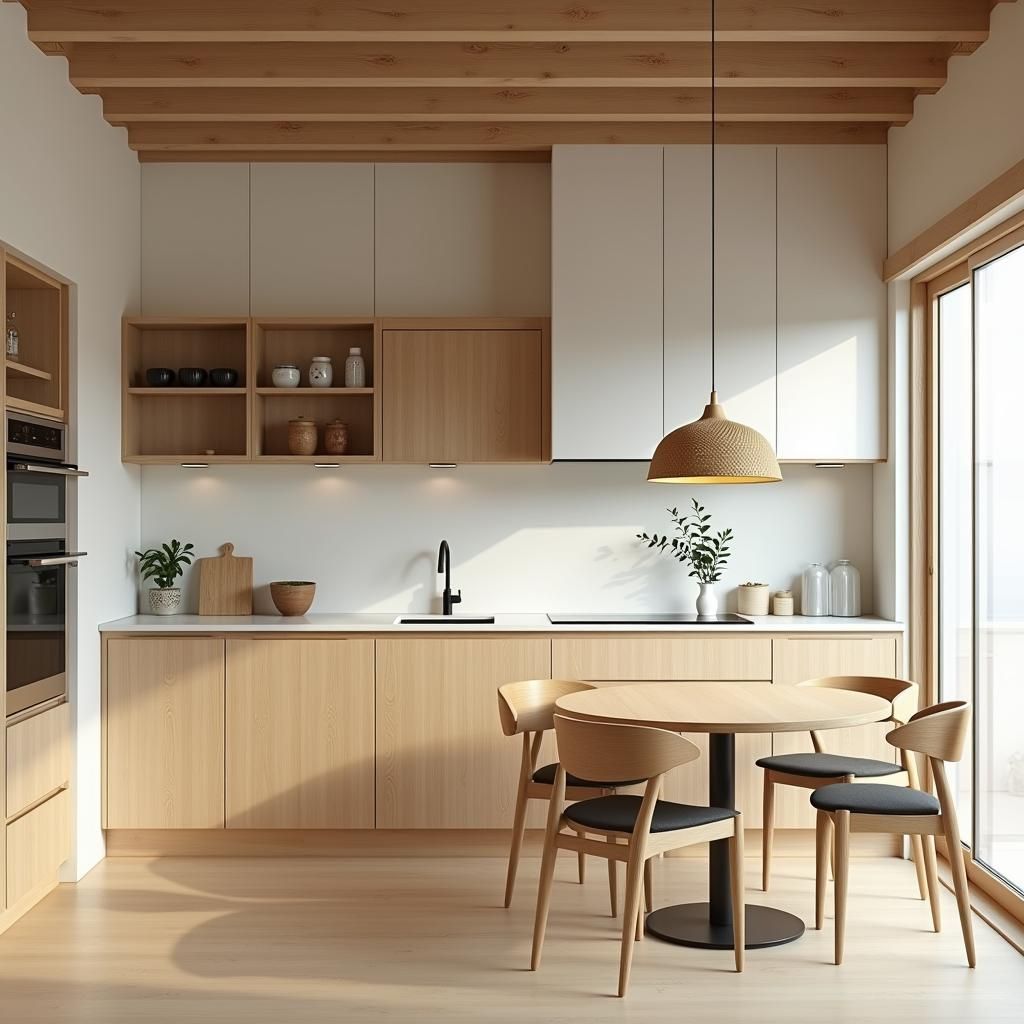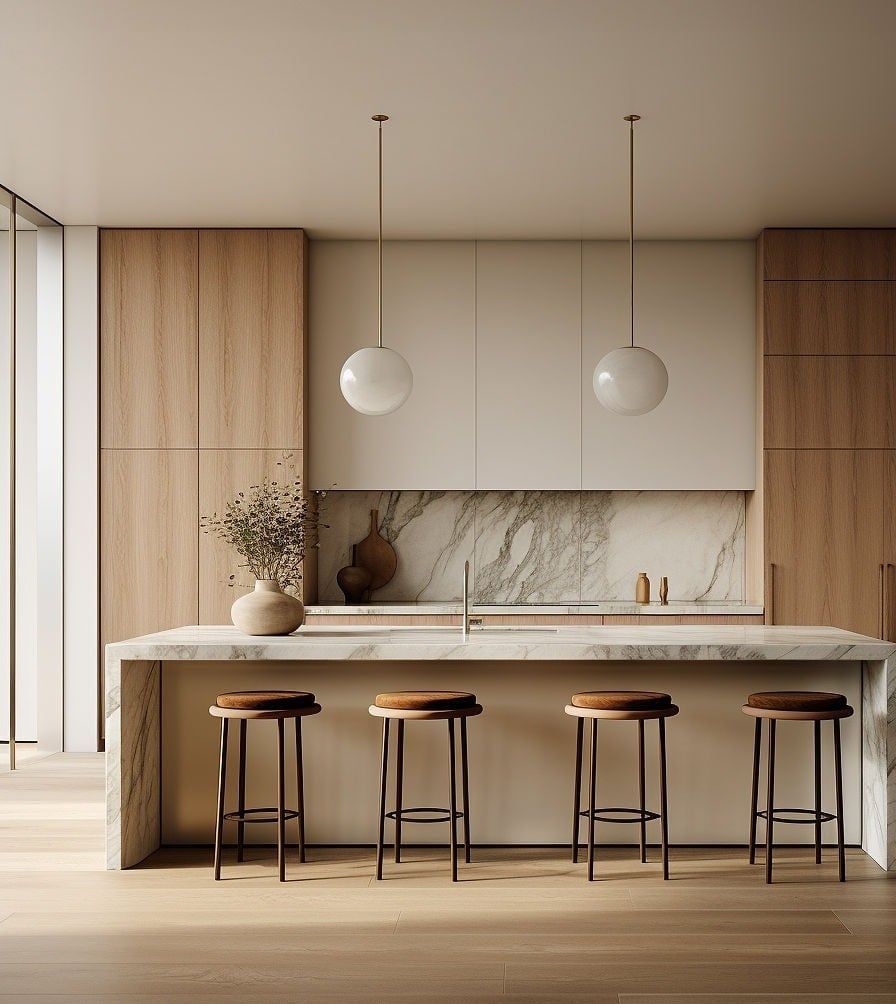In essence, we need someone to take the brakes off, overcoming the friction and constraints.
In 2012 we won the Best Patient Experience Award for Circle Reading at the Building Better Healthcare awards.. Hospital Design for flexibility and change.We also worked hard to make sure that the design of the hospital was flexible and adaptable.

One recurring issue with hospitals is that the technology they house develops at pace and, as we have seen this year, the demands hospitals face can change very quickly.Both of these mean that traditional approaches to hospital design and construction come with obsolescence as standard.. Our intelligent design, on the other hand, had future-proofing and flexibility built in.We had an early opportunity to prove the value of this, when Circle Health decided to expand vertically and double the size of the hospital during the construction phase.

We achieved this with very little disruption.. Design to Value means rigorously assessing every part of a project using a wide variety of value criteria, which come from the client and from the sector more broadly.Our Platforms approach to Design for Manufacture and Assembly (P-DfMA) bakes value into the process by bringing the benefits of manufacturing to the design and construction process.

This combined approach can be applied to any building type, but we have seen huge benefits when the buildings we design are particularly complex, or house particularly complex systems and processes..
The benefits of a Platform approach to design and construction: time, cost, quality.When people in the industry talk about cutting-edge construction technologies, these are usually buzzwords about things that are not widely in use, generally misunderstood and unlikely ever to deliver the advertised benefits – because they’re not appropriate solutions and our industry is too far from ready.
It’s good that people talk about construction tech – that creates an environment broadly open to tech – but that’s not the same as being able to actually use it..In our team, we only ever apply technology when it is appropriate to the problem at hand.
We have never, for example, had to use a Machine Learning solution, because we’ve never had a problem that it’s been the right technology for..Nor do we think that the future of robotics in construction is in building robots to do jobs that we, or they, shouldn’t be doing in the first place.